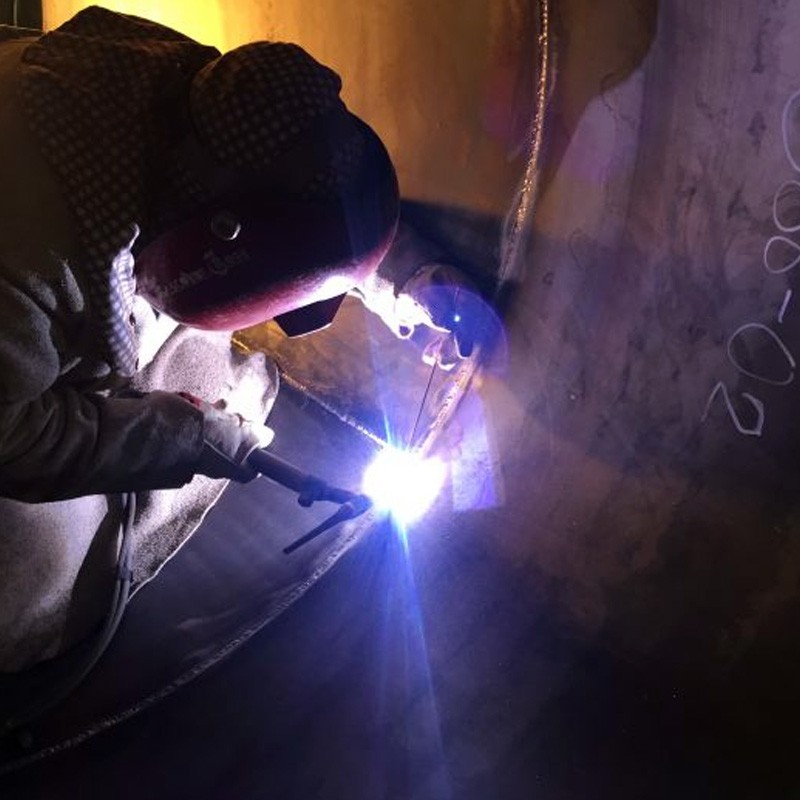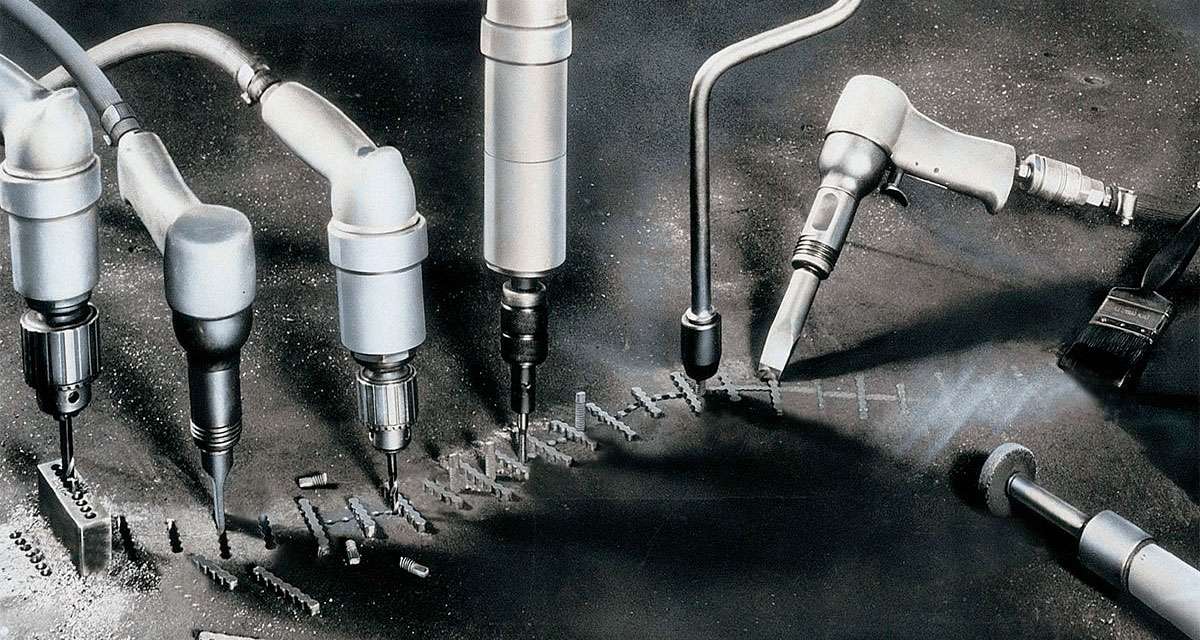Welding VS
Metalock
Welding in many cases has severe drawbacks, including inherent weakness along the line of fracture. It is often necessary to dismantle the machinery before repair. Additionally, in the case of ship-board repairs, welding requires considerable adjustment to the surrounding area to remove potential flammable or explosive materials.

Welding of vital machinery on board ship is frequently out of the question, not just because the repair fracture is in a confined environment, but because of the problematic stresses and brittleness that welding introduces in the completed weld. A welded repair increases permanent distortion and brittleness of the parent metal, so when machinery is back under normal operation there is a greater risk of it cracking again after welding.

Essentially the technique has the ability to fully repair cracks and complete fractures. Engineers might try to use welding to repair cracks as they aren’t familiar with Metalock. At best that can achieve a temporary repair. On at least half the jobs we do we see that previously attempted welds have failed. When a weld does fail it is always much more difficult to achieve a successful repair subsequently, as the parent material around the weld has to be replaced. Sometimes a weld may work for a while, but it is far better to call an approved Metalock engineer first for proper assessment. A bad weld has to be cut out before proper repair.